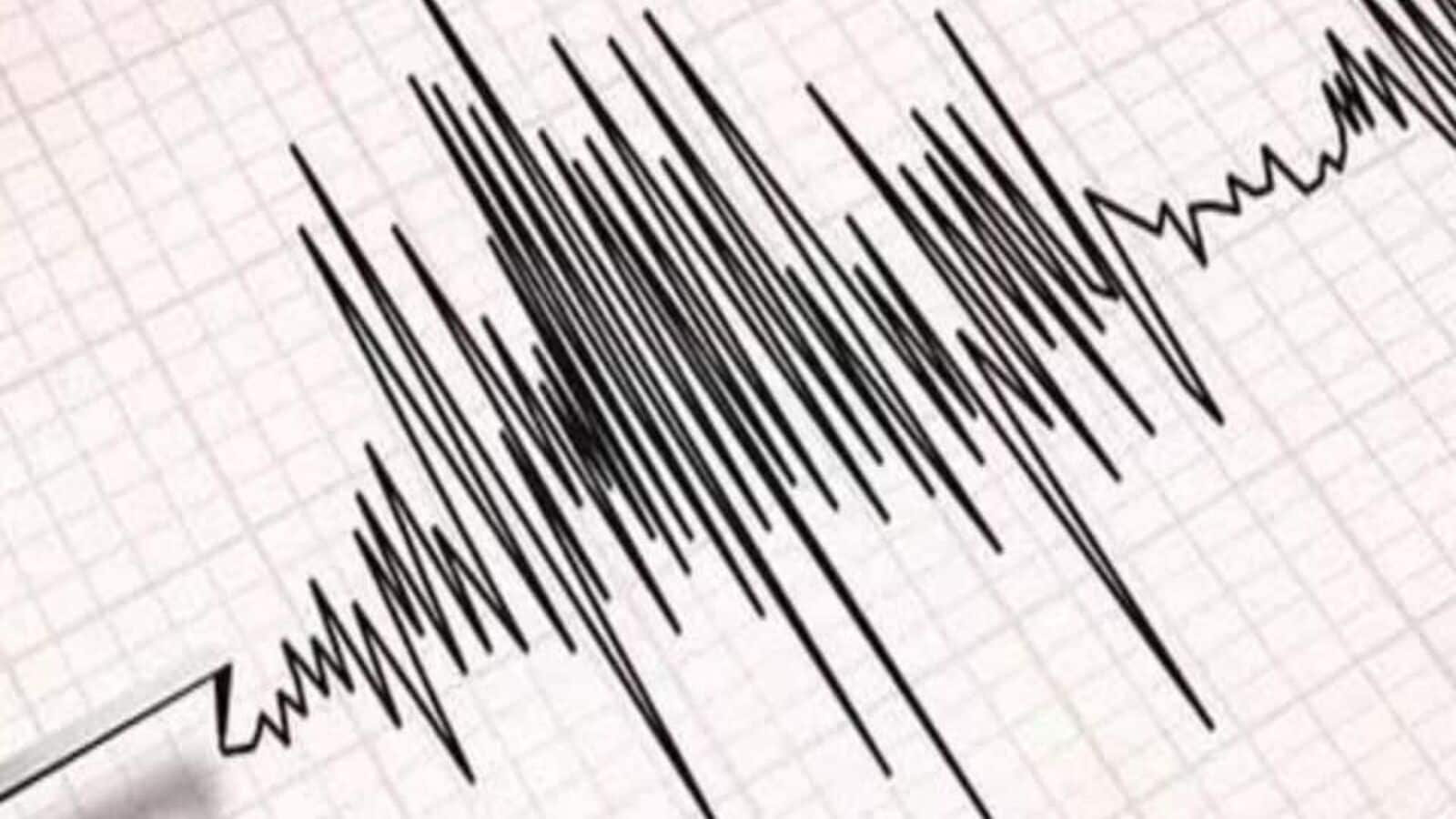Chronic Venous Insufficiency: Symptoms, Diagnosis, And Treatment Options

Welcome to your ultimate source for breaking news, trending updates, and in-depth stories from around the world. Whether it's politics, technology, entertainment, sports, or lifestyle, we bring you real-time updates that keep you informed and ahead of the curve.
Our team works tirelessly to ensure you never miss a moment. From the latest developments in global events to the most talked-about topics on social media, our news platform is designed to deliver accurate and timely information, all in one place.
Stay in the know and join thousands of readers who trust us for reliable, up-to-date content. Explore our expertly curated articles and dive deeper into the stories that matter to you. Visit Best Website now and be part of the conversation. Don't miss out on the headlines that shape our world!
Table of Contents
Chronic Venous Insufficiency: Understanding Symptoms, Diagnosis, and Treatment
Chronic venous insufficiency (CVI) affects millions, causing discomfort and potentially serious complications. This condition, characterized by impaired blood flow in the leg veins, often goes undiagnosed or untreated, leading to worsening symptoms. Understanding CVI – its symptoms, diagnosis, and treatment options – is crucial for effective management and improved quality of life.
What is Chronic Venous Insufficiency?
Chronic venous insufficiency arises when the valves in your leg veins malfunction, preventing blood from flowing efficiently back to the heart. This leads to a buildup of blood in the legs, causing various symptoms and potentially serious complications like skin ulcers and infections. It's a progressive condition, meaning symptoms often worsen over time if left untreated. Risk factors for CVI include age, family history, obesity, prolonged standing or sitting, pregnancy, and previous blood clots (deep vein thrombosis or DVT).
Recognizing the Symptoms of CVI:
Recognizing the symptoms of CVI early is vital for timely intervention. Common signs include:
- Leg swelling (edema): Often worse at the end of the day or after prolonged periods of standing.
- Leg pain and aching: This can range from mild discomfort to severe pain, often relieved by elevating the legs.
- Leg heaviness: A feeling of pressure or tightness in the legs.
- Skin changes: These can include discoloration (brownish discoloration around the ankles), skin thickening, itching, and dryness.
- Varicose veins: Visible, swollen, and twisted veins, often blue or purple in color.
- Leg ulcers (venous stasis ulcers): These are open sores that are difficult to heal and are a serious complication of CVI. Learn more about .
Diagnosis of Chronic Venous Insufficiency:
Diagnosing CVI usually involves a physical examination, where your doctor will assess your symptoms and examine your legs for varicose veins and other signs. Further diagnostic tests might include:
- Doppler ultrasound: This non-invasive test uses sound waves to assess blood flow in your veins.
- Venography: A more invasive procedure that involves injecting dye into your veins to visualize blood flow. This is less commonly used now due to the availability of ultrasound.
- Ankle-brachial index (ABI): This test measures blood pressure in your ankles and arms to assess arterial blood flow. While primarily used for diagnosing peripheral artery disease (PAD), it can help rule out other conditions.
Treatment Options for Chronic Venous Insufficiency:
Treatment for CVI aims to improve blood flow, reduce symptoms, and prevent complications. Treatment options may include:
- Lifestyle modifications: These include elevating your legs regularly, wearing compression stockings, engaging in regular exercise (walking is particularly beneficial), and maintaining a healthy weight. .
- Pharmacological treatments: Medication might be prescribed to reduce pain and inflammation.
- Endovenous ablation: This minimally invasive procedure uses heat or chemicals to close off damaged veins.
- Sclerotherapy: This involves injecting a solution into varicose veins to close them off.
- Surgery: In severe cases, surgery may be necessary to remove or repair damaged veins.
Prevention and Long-Term Management:
Preventing CVI involves adopting a healthy lifestyle, including regular exercise, maintaining a healthy weight, and avoiding prolonged standing or sitting. For those with CVI, regular follow-up appointments with your doctor are crucial to monitor the condition and manage symptoms. Early diagnosis and treatment are key to preventing complications and improving the quality of life. If you experience any symptoms of CVI, consult your doctor for proper diagnosis and management. Don't hesitate to seek medical attention – early intervention can make a significant difference.
Disclaimer: This article provides general information and should not be considered medical advice. Always consult with a qualified healthcare professional for diagnosis and treatment of any medical condition.

Thank you for visiting our website, your trusted source for the latest updates and in-depth coverage on Chronic Venous Insufficiency: Symptoms, Diagnosis, And Treatment Options. We're committed to keeping you informed with timely and accurate information to meet your curiosity and needs.
If you have any questions, suggestions, or feedback, we'd love to hear from you. Your insights are valuable to us and help us improve to serve you better. Feel free to reach out through our contact page.
Don't forget to bookmark our website and check back regularly for the latest headlines and trending topics. See you next time, and thank you for being part of our growing community!
Featured Posts
-
 Pro Football Hall Of Famer Shannon Sharpe Resolves Lawsuit
Jul 20, 2025
Pro Football Hall Of Famer Shannon Sharpe Resolves Lawsuit
Jul 20, 2025 -
 Epsteins Shadow The Enduring Impact On The Maga Movement
Jul 20, 2025
Epsteins Shadow The Enduring Impact On The Maga Movement
Jul 20, 2025 -
 Five Indicted In Uc Berkeley Professors Murder In Greece
Jul 20, 2025
Five Indicted In Uc Berkeley Professors Murder In Greece
Jul 20, 2025 -
 Serious Injuries Reported In Castro Valley Afternoon Accident
Jul 20, 2025
Serious Injuries Reported In Castro Valley Afternoon Accident
Jul 20, 2025 -
 Oenemli Duyuru 2025 Orta Oe Gretime Gecis Tercih Ve Yerlestirme Kilavuzu
Jul 20, 2025
Oenemli Duyuru 2025 Orta Oe Gretime Gecis Tercih Ve Yerlestirme Kilavuzu
Jul 20, 2025
Latest Posts
-
 All Too Recent History A Nasty Cynical Analysis
Jul 20, 2025
All Too Recent History A Nasty Cynical Analysis
Jul 20, 2025 -
 5 6 Magnitude Earthquake Rocks Northern Iran 4 0 Earthquake Reported In Tajikistan
Jul 20, 2025
5 6 Magnitude Earthquake Rocks Northern Iran 4 0 Earthquake Reported In Tajikistan
Jul 20, 2025 -
 Russia Earthquake Pacific Coast Hit By Strong Tremors Tsunami Alert In Effect
Jul 20, 2025
Russia Earthquake Pacific Coast Hit By Strong Tremors Tsunami Alert In Effect
Jul 20, 2025 -
 Epsteins Shadow The Enduring Impact On The Maga Movement
Jul 20, 2025
Epsteins Shadow The Enduring Impact On The Maga Movement
Jul 20, 2025 -
 Astronomers Unexpected Coldplay Concert Moment Captures Attention
Jul 20, 2025
Astronomers Unexpected Coldplay Concert Moment Captures Attention
Jul 20, 2025
